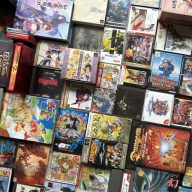HELLO STRANGERS.
Let's see if I still know how to work this thing. Apologies for the sporadic newslettering over the last month and change — life's been keeping me real busy, as I've bounced from the east coast, to California's famous Extreme pinball convention, to a weeklong work trip all the way over in China. In between I've found a little time to sleep but not so much for quality newsletter writing. But we're finally making a comeback with a beefy issue this week.
First up is a little insight into a fan translation project of a game I've been enamored with for years, since I first laid eyes on it. And second is an elaborate reverse-engineered online server resurrection that I had absolutely never heard of and expect that will also be true of 99% of the folks reading this issue.
In other words: classic Read Only Memo shit.
By the way, China? Pretty cool! It wasn't my first time visiting, but I've previously only spent a couple days in mainland China and roughly a week in Hong Kong, which very much has (or at least had, in 2018) a very different vibe. A week's trip in 2025 still feels like it gave me only a faint sense of the place, particularly in the sprawling city of Beijing, but I did come away with one important piece of information. Crayon Shin-Chan? Wildly popular there. I have no clue why, but he is a funny little guy so I take it as a sign of cultural sophistication.
Also, that Great Wall is pretty cool. Especially when you descend from one of the great wonders of the world directly into a tourist trap version of Silent Hill.

And somehow this wasn't the Silent Hill f preview event. Go figure.
The Big Two
1. First steps: The road to El Dorado Gate

A couple weeks ago I saw a Bluesky post that could only be summed up with these words: Holy shit.
On the Dreamcast-talk forums, member bigbanana23 announced a translation project is under way for El Dorado Gate, a Capcom RPG for the Dreamcast. And not just under way: he's already made significant progress in hacking the game, and a translator and editor are on board to help. As with any fan translation, there's a tremendous amount of uncompensated labor ahead and no guarantee it'll ever be finished. But the fact it's now a serious possibility means that one of what I'd call a dwindling list of "white whale" Japanese RPGs is now on the horizon.
Or, depending on how you look at it, seven of them are.
El Dorado Gate is an episodic RPG; it was kinda doing the Telltale thing years before, but with killer spritework and art from Final Fantasy's Yoshitaka Amano. You can read more about its history and design on Kimimi's site (she played and wrote about all seven volumes) for a better sense of the significance of these games, if "seven Capcom RPGs with Amano art" isn't already enough of a sales pitch.
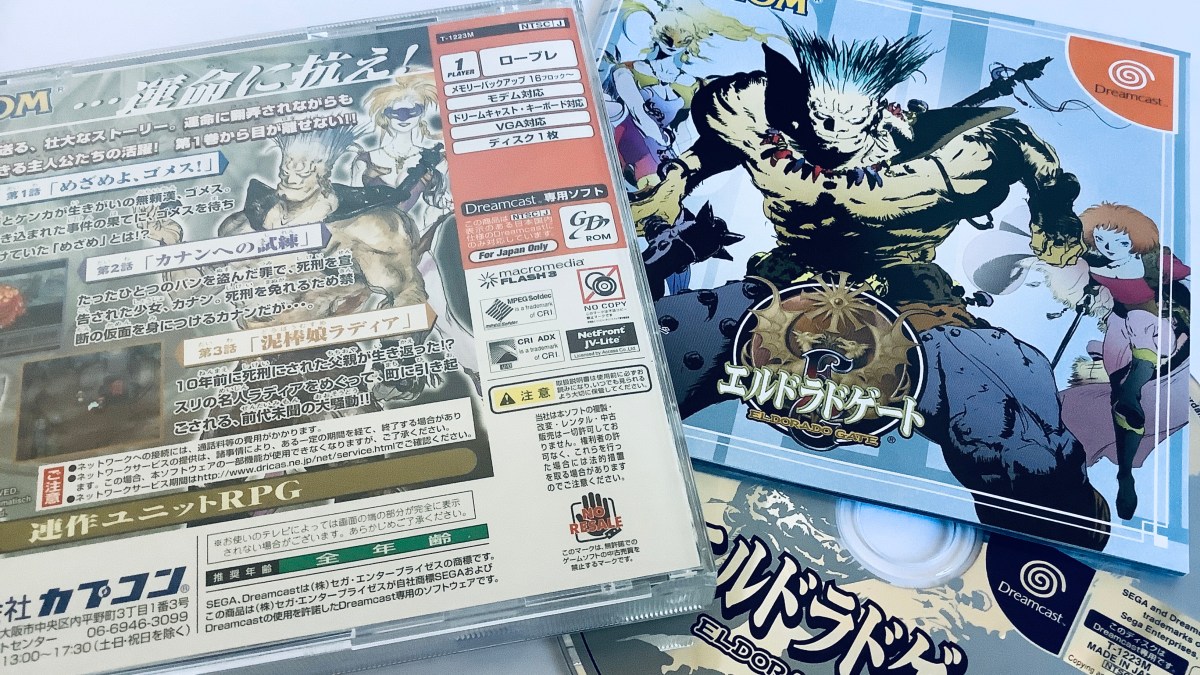
Now, though, it's time for bigbanana23 to tell us about the work he's put into this project so far and what drove them to tackle a seven-part RPG epic.
"My interest was sparked in this game as a kid when the Dreamcast was still current. I remember reading about the series in magazines and was very interested to play these games, but unfortunately they were never localized," he tells me.
This isn't the first attempt to hack El Dorado Gate; there's been at least one other in the past, but it petered out before making seemingly much or any progress. But bigbanana23 has already managed to hack the game to replace the text, and even implemented a variable-width font to better fit an English script.



The quick rundown of progress so far:
- Cracked the archive formats and compression algorithm to unpack the various script files/images on the disc, and written all corresponding tools
- Implemented variable-width fonts for the standard game text and Gabri text
- Implemented text compression which incorporates single-byte encoding and dual-tile encoding.
- Extracted all script files, enemy and item tables and inserted placeholders
What's extra impressive is this has all happened in the last six months, and it's bigbanana23's first Dreamcast project; he shouted out scene hero Derek Pascarella's YouTube video Anatomy of a Dreamcast Hack for helping them get started.
"Hacking started in January of this year. The biggest challenges so far have been writing tools to decompress the various archives on the disc, and also the extent of reprogramming required (something like 70-75 different of areas of code have been modified). Looking ahead, there will be a lot of work applying the hacks that I’ve made to volume 1 to the subsequent volumes. From what I am seeing, volumes 5-7 may have used a different compiler, as the assembly code varies significantly from volumes 1-4. Volumes 1-4 seem to be more of an exercise of copy/pasting my hacks and updating any relevant pointers.
I’ve been using Ghidra for the assembly work, along with a debugger version of Flycast. Ghidra ... helps you identify functions/subroutines, where they are called, what data the reference in the executable. So for example, this game has 12 subroutines that put together dynamic messages related to obtaining/using items. I.e. 'Gomez found xx Zenny' or 'Gomez found a xxxxxx' kind of thing. By finding only one, I was able to easily locate the other 11 and determine where the game was storing the text data they reference.
All of my compression/decompression and script insertion/extraction tools I wrote in Python. Besides that, Notepad++, one or two powershell scripts, Excel here and there to keep organized. Oh and Paint.net with an open source plugin to edit the Dreamcast PVR graphics."
Right now it looks like inserting English into volumes 2-4 will be relatively trivial with the same hacking work that's already done for volume 1, but the last three parts of the series could take some (or a lot) of extra work. But that's all for the future, anyway — being able to insert the text is all well and good, but first someone has to write it. That someone isn't bigbanana23 themselves.



"I really do want to stress that there is a team of people behind this project, and that while the early work done by me may be getting some positive attention, it will be the efforts of the translator, editor and graphical artist that will make this a truly professional-level translation project," he said. "Actual translation work hasn’t really started as the translator is on another project. The post was mostly to show that a) it’s indeed possible to do these games, and b) save someone else from duplicating efforts as it was an immense amount of work."
While seven games may sound like a gargantuan undertaking, individually they're far shorter than your typical JRPGs of the era, much less the wordy behemoths of, say, Nihon Falcom's Trails series. Fingers crossed the team can pull it off. I'll definitely be keeping tabs on it.
2. You've got exactly one month to play this multiplayer, Korea-exclusive PS2 survival horror game brought back online after 20 years

If the long-dead online multiplayer of Capcom's Resident Evil Outbreak is your idea of obscure survival horror, buddy, you are in for a deep cut. Meet Mystic Nights, a 2005 Korean survival game that was fan translated back in 2019, but was always missing a way to play the thing that made it unique: its online multiplayer mode.
Now translator Jeremy De Cola has gone the extra step — and by step, I mean enormously complicated leap — of restoring that multiplayer mode and hosting a dedicated private server so people can experience it.
"Since I like pain, and horror games, I decided to translate it," he says in this YouTube video about the project. "I couldn't find any videos of the multiplayer gameplay online, and I just had to know what it looked like. The only articles I could find in Korean spoke about it like it was some prehistoric version of Among Us."
Three months of reverse-engineering later, Jeremy's figured out how the multiplayer server worked and built a whole website dedicated to helping people play it. (Thanks to Frank Cifaldi of the VGHF for sending this project my way!) Here's how it describes the multiplayer mode, which does indeed sound Among Us-y:
Step into NETWORK GAME mode where a team of 4 players are tasked with killing 40 vampires in under 10 minutes.
But beware: one of you is secretly a traitor.
Survive the night—or be betrayed by a friend.
There's just one catch: Jeremy's dedicated server is only going to be online until September 1st. "Hosting a server is not cheap," the website says. "If you know of any platforms that were used for similar projects and that would be willing to host this and give it a permanent home, please contact me!"
Thankfully the fruits of his reverse-engineering efforts are available on Github, so anyone can host their own server if they want to keep the game alive. It's a hell of a preservation effort for a hell of an obscure game. How many Korea-exclusive PS2 games were there, anyway? That's gotta be a small number. But this one, at least, has been made plagyable again in a way it hasn't been for, I imagine, close to 20 years. I don't know how long Mystic Nights was originally online, but it couldn't have had a huge playerbase.
As we press further into the era of online games being completely normal, it's only going to get harder — but also more enlightening — to look back at the games that were first figuring things out. Precious few of them will remain accessible without the efforts of folks like Jeremy. And since the game's practically impossible to buy, I don't mind pointing out the English translation's Github includes a link to a pre-patched ISO of the game for playing in PCSX2 or burning to disc to play on a real PS2.
If you want to hunt some vampires, head over to the Discord server and toss Jeremy a few bucks on Ko-Fi.
Patching In

PCSX2 2.4 and 2.5 are trucking right along – Back in February I chatted with PCSX2 dev refraction about a major addition coming to the emulator, fixing issues with a number of games including Drakengard. But only at the end of June did all that hard work, along with many other updates, roll out to the 2.4.0 stable build. Hit the link for a very nice progress report going over the last year of updates! Now then, what's up in the latest nightly builds? PCSX2 is already up to 2.5.75 as of this writing, and some recent updates include:
- Fixing graphical glitches in Kamen Rider Kabuto
- A workaround for blurry graphics in a bunch of Cabela games
- A new memory card creation interface in the fullscreen UI
- Fixes for old Nvidia GPUs
- Added hotkey for cycling through visual shaders
Xenia 5.0 hits 500 supported netplay games – Quite a milestone: Xenia 5.0 landed earlier in July and marks 500 games that work in netplay "in some capacity," with 170 of those marked as "working publicly" in the compatibility database. There's quite a list of implemented features and improvements that have made this possible, but let's skip right to the list of highlighted games: "Armoured Core 4, Blur, Call of Duty 4: Modern Warfare, Call of Duty: Modern Warfare 2, Call of Duty: World at War, Chromehounds, Crackdown, Project Gotham Racing 3, Quantum of Solace, Super Meat Boy"
PPSSPP Switches to Pro volume controls – The PSP emulator now has a granular volume setting for when you're hovering over games in the menu; you can listen to their music, or not. Also, it now natively supports the Switch Pro controller. Syphon Filter's multiplayer has been restored to working after a regression, and a bunch of games have had screen transitions fixed, including Kingdom Hearts: Birth By Sleep and Takuyo's PSP library.
Yaba Sanshiro drops a new UI, RetroAchievements – I missed this update back in June, but the go-to Saturn emulator on mobile has a revamped interface, which looks like this! The developer's also now followed up this update (can you tell this issue of ROM has been gestating for way too long?) with another one adding RetroAchievements support. That's live now, too.

Azahar adds 3DS game compression with a new format – The latest build of Azahar introduces a new file format for shrinking down 3DS games: Z3DS. Some example games can be shrunk from 30-40%; Animal Crossing: New Leaf, for example, goes from 800Mb to 459 Mb (42.6% saved). If a game already uses compression the results won't be as good, of course. The Azahar team says Z3DS, which is open source, "allows storing metadata so that third party tools that may want to adopt the specification and support encrypted backups can store enough information to be able to restore the original image later on."
Core Report

MAME .279 improves Sega Model 2 and more – Released at the end of July, the latest monthly build of MAME fixes some bugs and improves lighting for the Sega Model 2. Meanwhile, loads of bugs affecting sprites on other arcade platforms have been fixed up, and as usual a load of new systems have been added as "not working" or promoted to working status. Special props to Haze for his work on Bandai Hyakujuu Sentai Gaoranger Soul Bird: Animal Kyuushutsu Daisakusen. What a name!!
MiSTer's Atari 800 and 5200, buffed – A whole buncha improvements to the FPGA Atari cores, including cutting reboots from 30 seconds to 3 seconds, quad controller support on the 5200, and more accurate sound. Probably most valuable: "Substantially extended range of supported cartridge types, including DCART, and also Super Cart for the 5200 core allowing to run many of the new homebrew titles on 5200."
Ajax, abeta – Jotego's latest beta core for Patreon backers is Konami's shmup Ajax, which features aircraft bafflingly named after Tom & Jerry. By the way, y'all ever play that Tom & Jerry game for the SNES? Absolute dogshit!
Translation Station

The Hybrid Front brings a sprawling sci-fi story and strategy to the Genesis – A real treat of a translation project from the Nebulous Translations group, this one has been some eight years in the making.
The game itself is best known for pairing a story by sci-fi author Masahiro Noda with some Fire Emblem-adjacent combat with a wide range of futuristic military units. "This is definitely one of the most ambitious projects for the Mega Drive," translator TheMajinZenki writes in the release notes. "A lot of story, many character and unit names, an in-game encyclopedia and time line, character profiles… Text-wise, this game is massive, even if the average player may not notice."
Here's a great bit of hacking detail from cybermind, who finally helped get the project over the finish line:
"While TheMajinZenki completed the Japanese-to-English translation back in 2018, things were not that smooth on hacking side. The primary obstacle was the user interface. The UI in Hybrid Front utilizes a set of densely packed menus, some of which (like unit/character information screens) even rely on vertical kanji to save layout space. Because of that, most of the UI interface layout had to be redone to allow proper English translation.
The most difficult component of UI was the boarding interface, where players assign pilots to units before each mission. This screen features two long lists—units and pilots, along with weapon stat information —and accommodating English names (which tend to be longer than their Japanese counterparts) required a complete overhaul of the layout. A lot of time was spent in graphic editor designing mockup screens translated to English, ensuring that everything fit into limited screen space. After mockup screens were designed, a lot of reverse engineering had to be done to figure out now the new screens should be placed into the game. And since boarding interface utilizes a lot of variations (it does transform a lot while assigning units to characters), a lot of checking and testing was required to ensure the renewed layouts worked without glitches. Several other menus (like unit/character screen) had to be rearranged completely (because of vertical kanji layout constraints)."
Ciel Nosurge gusts onto the Vita in English – Another translation eight years in the making, this life sim from the Atelier devs strikes me as a game that would for sure land on Steam these days but didn't get an English translation back in 2012. Quite a big team of contributors made this one a reality, and they note that it's compatible with Vita3K. It's a comprehensive update, as "the patch also includes a large number of bugfixes for issues present in all versions of the game, as well as a number of additions that were either backported from the DX remaster released in 2021 or added from scratch by us, some of which are also instrumental in making the game fully playable in the current builds of the Vita3k emulator."
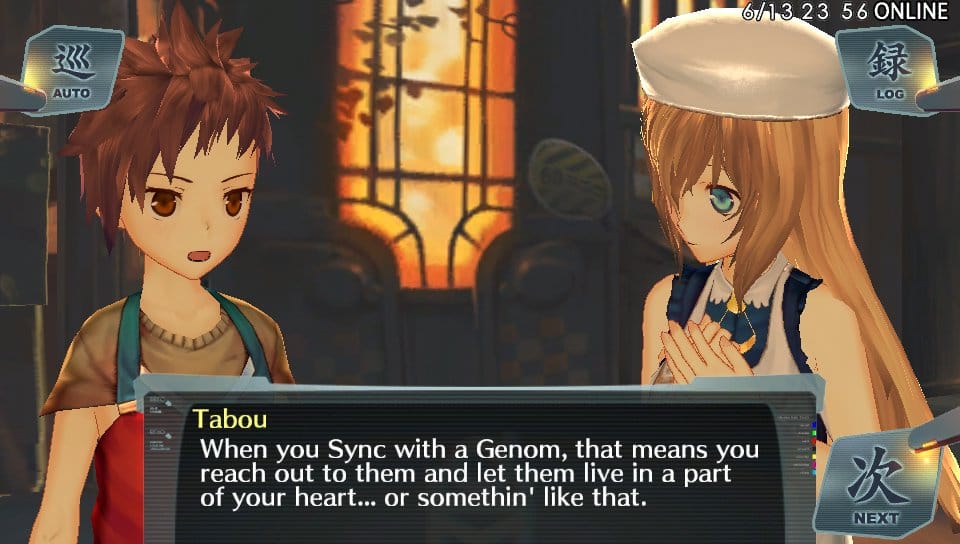
Battle Master Ultimate Warriors master English – One more treat to close out the issue: this Super Famicom fighting game boasts yet another MajinZenki script, this time from a translation team organized by prolific community member FlashPV. Is it secretly better than Street Fighter II? Well, no. "Battle Master is a fighting game with a quite poor character design but it has some others qualities," says the translation page. "The game is fast and the control are responsive, it may be one of the first games to add air blocking and dash attack." It does indeed look very fluid — perhaps a great one to try out if you watch EVO 2025 and hunger for some fighting games afterward.
Good pixels

In honor of El Dorado Gate, a little sampling of PlayStation-era Breath of Fire's immaculate pixel art. (One of these was in a very early issue of ROM. Sorry for recycling!!) 💽
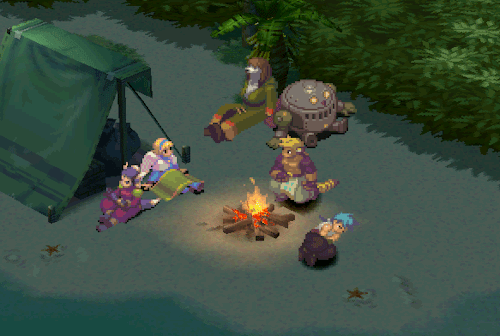
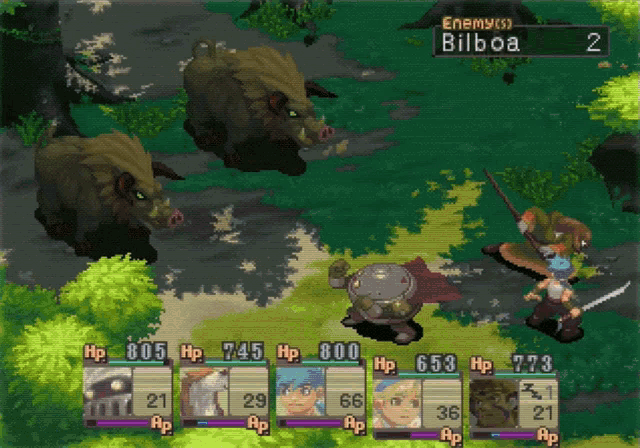
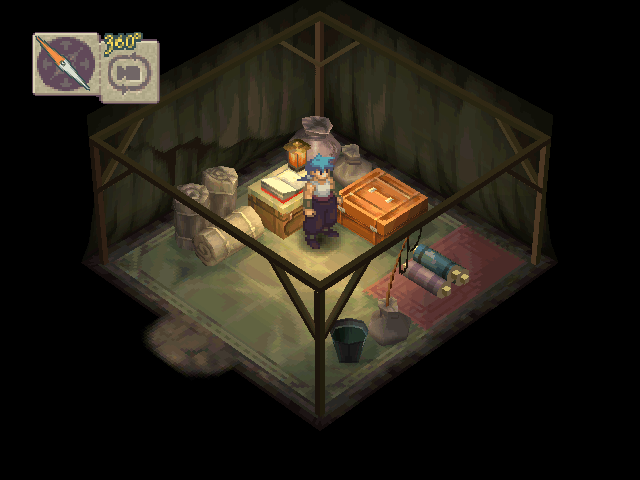
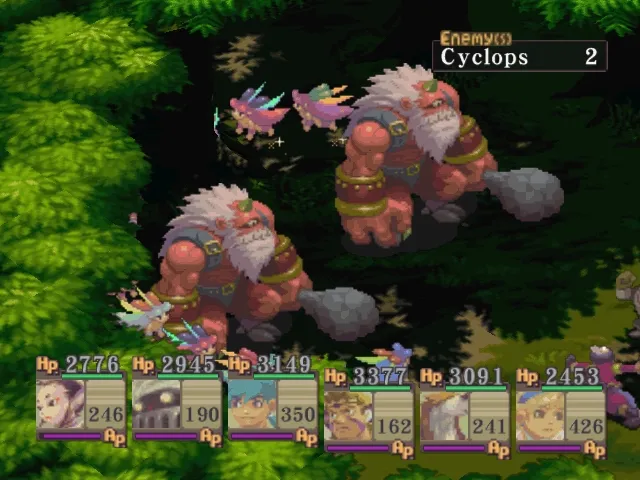
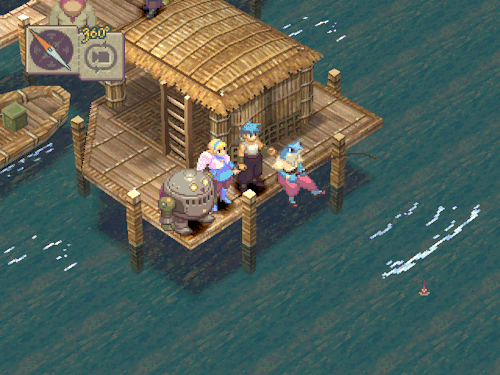
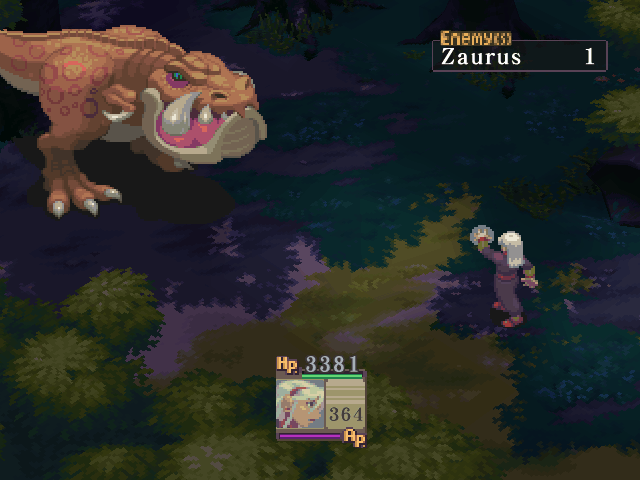
Images via Breath of Fire Fans Tumblr
